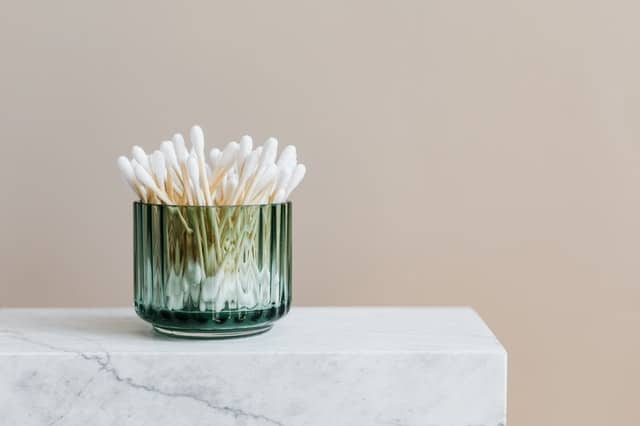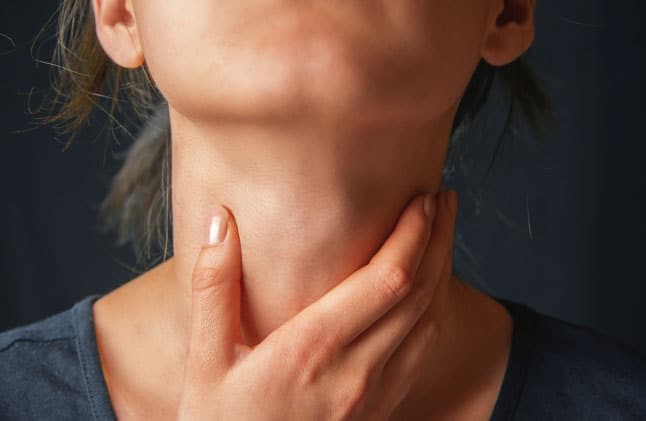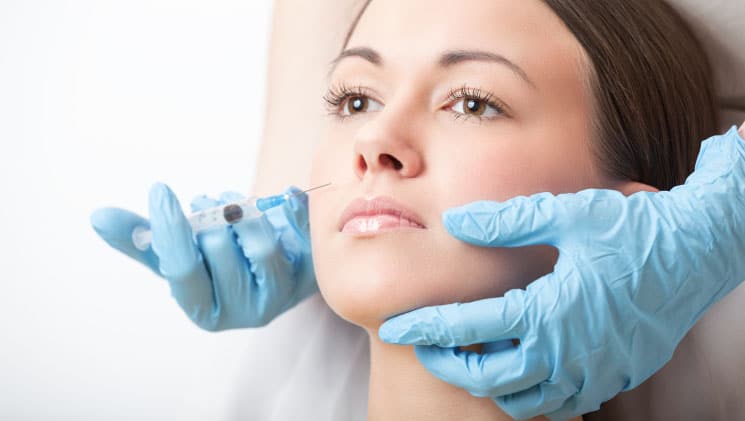Earwax, known medically as cerumen, is a naturally-occurring substance that plays an important role in ear health. It lubricates the ear canal to keep the skin from becoming dry and itchy and also traps bacteria and debris to prevent infection.
The ears are self-cleaning in that earwax typically works its way out of the ears via natural jaw movements when talking or chewing. However, earwax can be unsightly and, if overproduced or trapped by a foreign object, can become impacted.
Below are tips for cleaning your ears safely at home.
Signs of Impaction

Your earwax will need to be removed only if it is impacted. If you have impacted earwax, you may experience:
- Earache
- Fullness/pressure in the ear
- Tinnitus
- Impaired hearing
- Odor
- Dizziness
- Cough
Impacted earwax is most common in people who wear hearing aids or earplugs regularly, as this can prevent earwax from exiting the ear and cause buildup.
What Not to Do
Never stick any small or pointy objects into the ear canal like cotton swabs, hair pins, napkin corners, etc. You should never insert anything smaller than your index finger into the ears.
Some people use ear candling to draw earwax out, but this method has been shown to be dangerous and ineffective.
What to Do
There are several options for removing earwax from the ears safely.
Earwax Softener
You can purchase over-the-counter eardrops from the drugstore to help soften earwax, which will allow it to work itself out more easily. Alternatively, you can use:
- Mineral oil
- Baby oil
- Glycerin
- Peroxide
- Saline
Place two to five drops into the ear, hold your head to the side for about two minutes, then tilt your head so the drops can drain out. Repeat with the other ear, if necessary. If you purchase OTC drops, follow the instructions on the package.
Damp Cloth
Wrap a warm, damp cloth over your index finger and use it to swab out your ears. This should clear any earwax from the outer ear and the front of your ear canal.
Irrigation
You can irrigate the ears using a bulb syringe and warm saline solution to gently rinse out the ear canals. Alternatively, you can stand in the shower so the water runs into your ear canals to try to flush out debris.
Note: this option may not be safe if you have diabetes, a compromised immune system, a hole in the eardrum or tubes in the ear.
Visit Your Doctor
If these at-home strategies don’t work, visit your doctor. They have special instruments to clear blockages without causing damage to the ears.
For more information or to schedule an appointment, call PDX ENT today.


